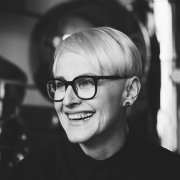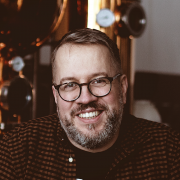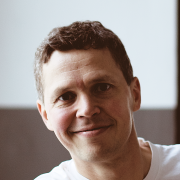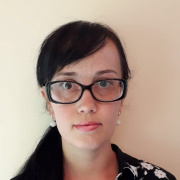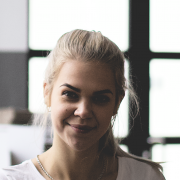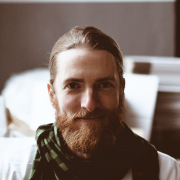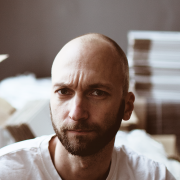Lahhentagge
219 600 € (220%)
of 99 900 - 219 600 € goal funded
300 € minimum investment
Quick Pitch
Fast-growing craft gin and tonic producer bottles wild plants toughened in Saaremaa coastal winds, fresh air from the sea and pristine nature.
Life is beautiful between the juniper trees - just breathe in fresh air from the sea and pamper yourself internally with a thorn drink.
Lahhentagge products have reached seven export countries, among them several world top bars and French food-taste mecca Bon Marche Le Grande Epicerie. And this we have done starting from zero, with little costs and only a few people.
Lahhentagge was the first craft gin maker in Estonia, by now the biggest craft tonic producer and the first one in the region to enter the non-alcoholic distilled drinks market, where the industry expects explosive growth in the coming years.
With the help of investment, we enlarge the sales network to 1,300 sales points (POS) in Estonia and selected European markets, bring 12 new products and invest in people who help us grow fast. 100,000-200,000 euros investment helps to bring most sales development costs planned for 2021-2023 to the current year and helps speed up the anticipated growth.
Lahhentagge is unique,
- We create drinks with wild plants from Saaremaa, because only the strongest species flourish in the coastal winds - they have more taste
- We are the forerunners of the green economy - we only take what there is in abundance and do not let people throw away even their Christmas trees, we put them into tonic
- Each Summer we hold the only Gin Festival in the Baltics
- While many of our competitors are building their businesses for sale, we are unique in the Estonian business landscape - we are building Lahhentagge for good
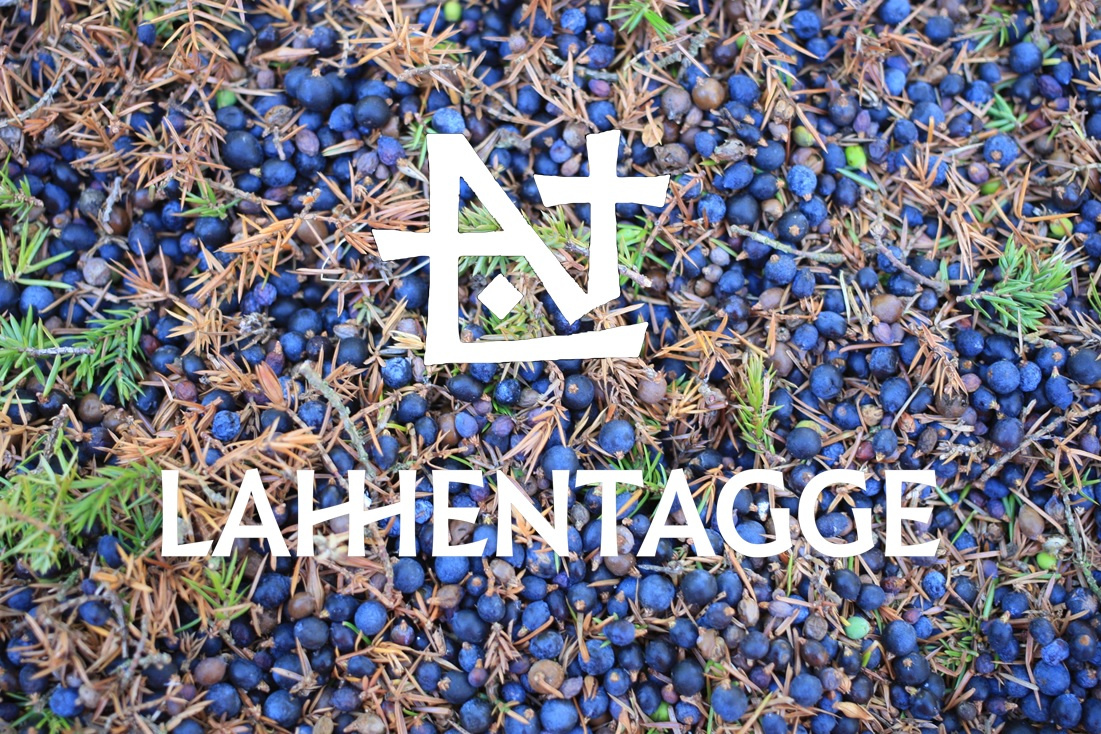
Problem & Solution
Honest and high-quality products are rare
Restaurants around the world focus increasingly on local, high-quality ingredients, but only a few think like that in the drinks industry. It is too common to source cheap low-quality raw materials from around the world, quite often in concentrated form. The result is later sold as a local drink made from granny’s organic junipers.
The world drinks industry is rotten, based on a smaller or bigger disguise and shady activity. Even some craft producers use ingredients from the cheapest origin that make it challenging to achieve the respect of drinksters, the picky ones looking for spectacular taste and pleasure. There is a continuous race to the zero -- a game for the cheapest drink on the shelves, to have an attractive price, that is usually worse than the label and marketing promises claim.
More than two-thirds of Lahhentagge ingredients are local botanicals from Saaremaa. We pick juniper berries, birch leaves, lilac, cowslip, wild thyme and Nordic ginger from Lahetaguse coastal and forest areas. Proof of uniqueness.
When we took drinks to one of the world top bars in Prague, the barman thought that the taste reminded him of one of the 300+ gins he has on the shelves. He tried one, and another, and came back a few minutes later with the conclusion: “No, Lahhentagge is genuinely unique!”
The sugar level is high also in the so-called healthy segment Even though you can find natural fruit drinks (smoothies and pressed juices) next to juices made from concentrate, still most have sugar level about 10g/100ml.
Lahhentagge’s first two tonics have a much lower level of sugar, 5.4g/100 ml, and we are going to bring the sugar level even lower. We develop tonics not only for cocktails but also for low sugar refreshing natural sodas.
Product/Service Details
Lahhentagge makes craft drinks - spirits and also non-alcoholic drinks Small producers have already proved in the world markets that informed consumers look for unique and authentic products; something mass production is not able to provide. Excellent examples are Napue gin from Finland and Hernö gins from Sweden.
The first product of the distillery is Ösel Dry Gin that catches attention with local herbs, including juniper berries from Saaremaa. Many competing gin brands buy juniper berries from Serbia or Albania, that have a much more aggressive taste. This makes a significant ecological footprint and creates gin like many others. Ösel Dry Gin is something special, making it is easy to stand out. We created it for the selected audience. Lahhentagge Dry Gin, to be released in 2020, targets ten times larger market segment. For Christmas 2019, we created the first Estonian non-alcohol gin, for all the wanderers of the world. For mindful consumers, it’s more important that drinks have great taste than much alcohol. This allows them also to enjoy drinks elegantly till morning. We created Flaneur exactly for this market segment. We pre-sold the first batch many weeks before bottling. British brand Seedlip created the non-alcohol distilled spirits market, and some 100 non-alcoholic drinks brands have followed.
Lahhentagge has entered the market before most European producers have become active. This creates an opportunity for reaching a strong market position before mass producers start to copy first-movers with cheaper ingredients and lower prices and less tasting alternatives. Since summer 2018, Lahhentagge has been making tonics which created a new category - recycled tonic sodas. Spruce & Cardamom tonics are made from reusing town Christmas trees, and Juniper & Mandarin tonics are made from junipers that are cut when preparing coastal grasslands for cattle.
Saving the town Christmas trees from being thrown away after the holidays have drawn significant media attention around the globe and helped Lahhentagge to open new sale spots and new markets. At the moment Lahhentagge has four products, 2 tonics and 2 gins. 12 new products are coming, tonics, gins with and without alcohol, gin-liqueurs.

Business model
Around 20% of sale spots are shops and 80% bars/restaurants. We plan to raise the share of shops in our selection of POS’s as Lahhentagge brings additional tonics, premium spirits and alcohol-free spirits.
So far, sales development has relied on founders personal leg-work, with awareness-raising through social and traditional media. An important part of marketing has been the annual gin festival, the only in the Baltic States, which we are organising every Summer on Saaremaa. The event has helped to raise awareness of craft gins in Saaremaa and wider in Estonia.
Late 2019 we brought a professional key account manager into our team, who will help implement a proven sales system and multiply Lahhentagge sales in retails stores. We aim to grow our sales force 6 times in the next 12 months, from ⅓ amateur sales rep to 2 full-time professional jobs. In Estonia we aim to grow points of sale from 100 to 300.
Instead of one voluntary foreign agent, we will implement at least three part-time agents and distributors, whose activity we also support with campaigns and trade fairs. We plan to grow the number of POSto 1,000, focusing on current export countries, starting from markets where we see more growth potential.
We plan to bring 12 new products in different segments, including tonics, alcohol-free drinks for enjoyment, mid-range gins and other spirits. In addition to spirits, we see excellent growth potential in:
1) alcohol-free drinks for adults (tonics)
2) non-alcoholic distilled spirits
because in both segments (unlike in beer, cider and lemonade) there is no progressive local small producer, that would satisfy mindful and sophisticated consumer demand.
Financially we plan to grow 9-fold (80k in 2019 to 726k in 2023), but on POS we plan to grow about 11 times (from 120 to 1300); thus there are upside risks to financial results (check the additional document). We plan to raise the gross profit to 70% on selected products. To gain this, we decrease the number of outsourced services, replace partially with own production capacity, as volume grows it increases the savings on the scale. We will also bring new products with a better profit margin.
As the sales grow, it will be economically viable to build our own production house. Lahhentagge distils its drinks today in Kuressaare, where we share production house with Pöide brewery. We plan to renovate a production house in Saaremaa with minimum costs and build a visitor centre for drinksters, that helps us benefit from tourist income. Several Brittish distillers earn more than 50% of profits from their visiting centre at the production site.
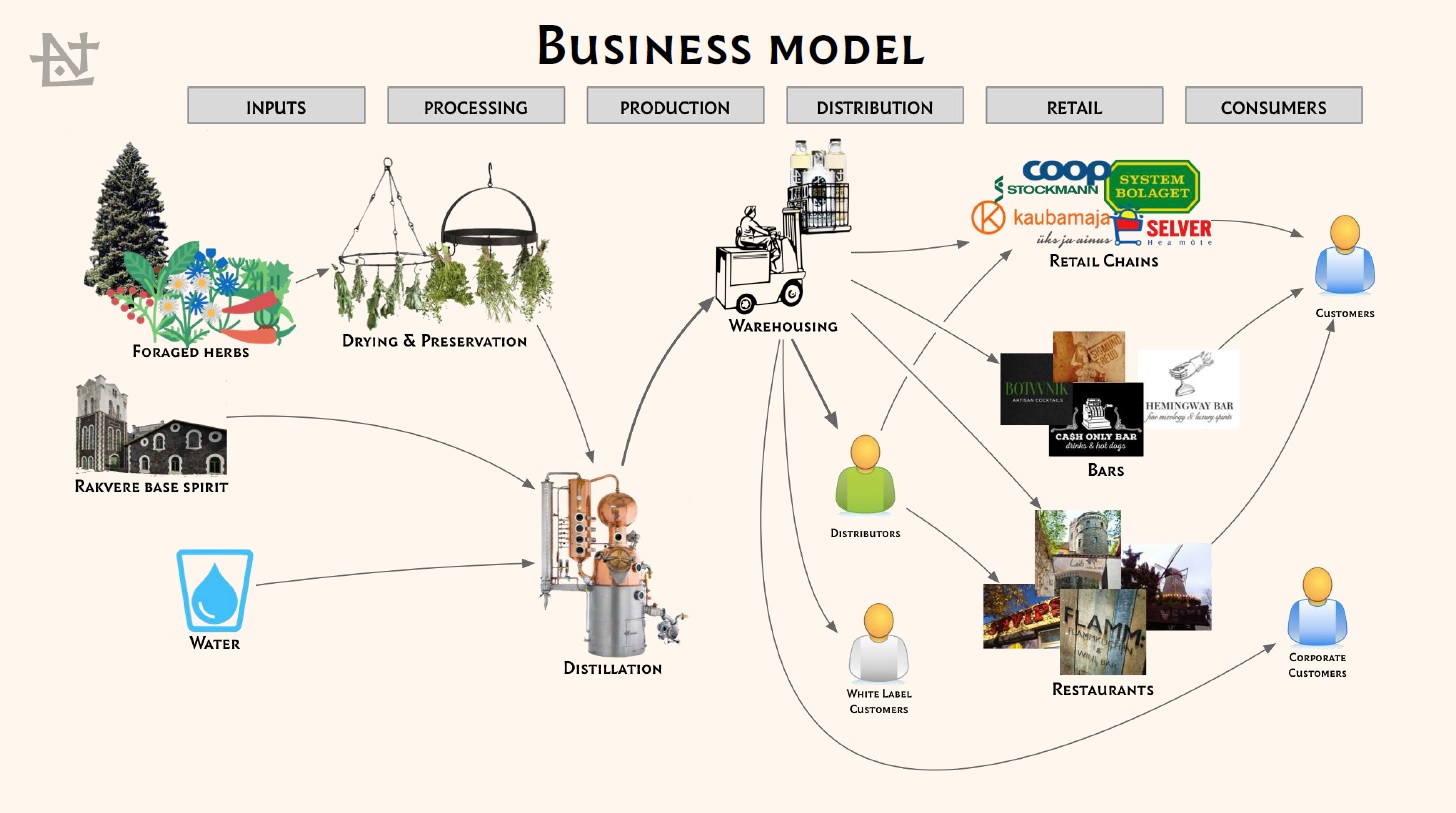
Market
Alcohol and non-alcohol gins
The role of craft products is growing everywhere in food- and drinks markets. Solely in the U.S. the number of craft alcohol producers has risen 1000% in the last 5 years. In Nordic countries, several small producers have grown big at the same time.
We can divide the main competitors in the region into mass producers, small craft spirits producers and other small competitors. Mass producers in Estonia are Liviko and Remedia, in other countries, for example, Diageo and Pernod Ricard. These are industrial producers with old brands, product selection and distribution. Such big producers try to market some new industrial, mass-market products as craft drinks, but due to low priced ingredients, they struggle to satisfy the demanding and mindful customers.
In the craft drinks category, the winners will be the producers with the best stories and tasteful pleasures. Even though we can see an increase in the number of craft spirits producers in Europe, there is enough room for many big players as the demand is growing fast. Many top bars in Europe are very positive on Lahhentagge products -- they cannot find similar tasting alternatives.
After Lahhentagge’s launch in 2017 we have seen some new small producers in Estonia: Distillirium, Tohi, Junimperium and some others. In Estonia, there are more than a dozen craft spirits brands, many of them targeting boozers. Lahhentagge’s positioning is different from them.
“In Europe the total spirits market growth is small (ca 1.1% yearly by EUR), but inside the category, there is a trend towards decreasing sales of low-priced drinks and growth of more special and valuable drinks. In last years the super-premium gin market has been soaring. There’s also a growing interest in imported drinks. Spirits consumption is strongly related to lifestyle and spare time activities, and brand loyalty is high. Thus it’s possible to enter the market with special drinks made from unique ingredients for the more demanding customer than try to compete with low price.” MarketLine Industry Profile, Spirits in Europe, August 2018
Alcohol-free distilled drinking pleasures
Similarly to the significant growth of craft spirits sales, the industry is expecting surging growth in the non-alcoholic drinks market. Trendsetters here are Los Angeles, New York, London. 61% of U.K. customers want a better choice of non-alcoholic drinks in restaurants and bars, 58% drink more low alcohol or alcohol-free drinks. 55% of N.Y., LA and London bartenders believe there will be growth in the alcohol-free market in the next 12 months. More and more bar and restaurants are adding special alcohol-free drinks list, including alcohol-free gin, wine and beer. Google trend shows that searches for ‘mocktail’ are up 42% and ‘non-alcoholic’ by 81%.
At the same time, the sales of non-alcoholic drinks in L.A. and N.Y. leading restaurants and bars is yet about 1% of total sales. As the demand from customers is considerably bigger, it is clear that we will see fast growth in the coming years as more non-alcoholic tasty cocktails and drinks become available. Here the business opportunity is in providing high-quality ingredients for cocktails and spreading the skills on how to make tasteful non-alcoholic pleasures. Also, there is a demand for non-alcohol versions of the best tasting cocktails. “It’s easy to make a drink around delicious alcohol. I love the technical challenge of making non-alcoholic drinks – the balance, acidity, aromatics that would go well with food. It’s like a culinary art process, quite unique.”
LA, bar owner Non-Alcoholic Drinks. A Growth Story., Distill Ventures, 2019 Lahhentagge has chosen the road of delicious, special ingredients and valuable drinks and plans to benefit both from the rise of craft gin and alcohol drinks. We are active on drink festivals, organise every year the only gin festival in the Baltic countries and help to spread the tips on how to make great cocktails with or without alcohol.
Traction & Accomplishments
It took us 18 months from idea to first sales in shops. In July 2017 Lahhentagge was the first craft gin in Estonia, the founders coming from outside the sector and in 6 months we managed to distribute it to 50 spots.
In 2018 we won the first craft international gin gold medal. Lahhentagge gin also got a design prize at the Golden Egg contest. 2019 the Kuressaare Spruce tonic won an award for the taste and marketing at Estonian Food Union contest. On the same year, we brought our own distilling equipment to Kuressaare and at Christmas launched the first Estonian non-alcoholic gin Flaneur. Coming from outside the alcohol industry, we can be proud of accomplishing sales in 7 foreign countries, among them some of the top bars in the world and French dining mecca Bon Marche Le Grande Epicerie. A win for us was also in launching sales in Sweden’s national Systembolaget alcohol retail monopoly.
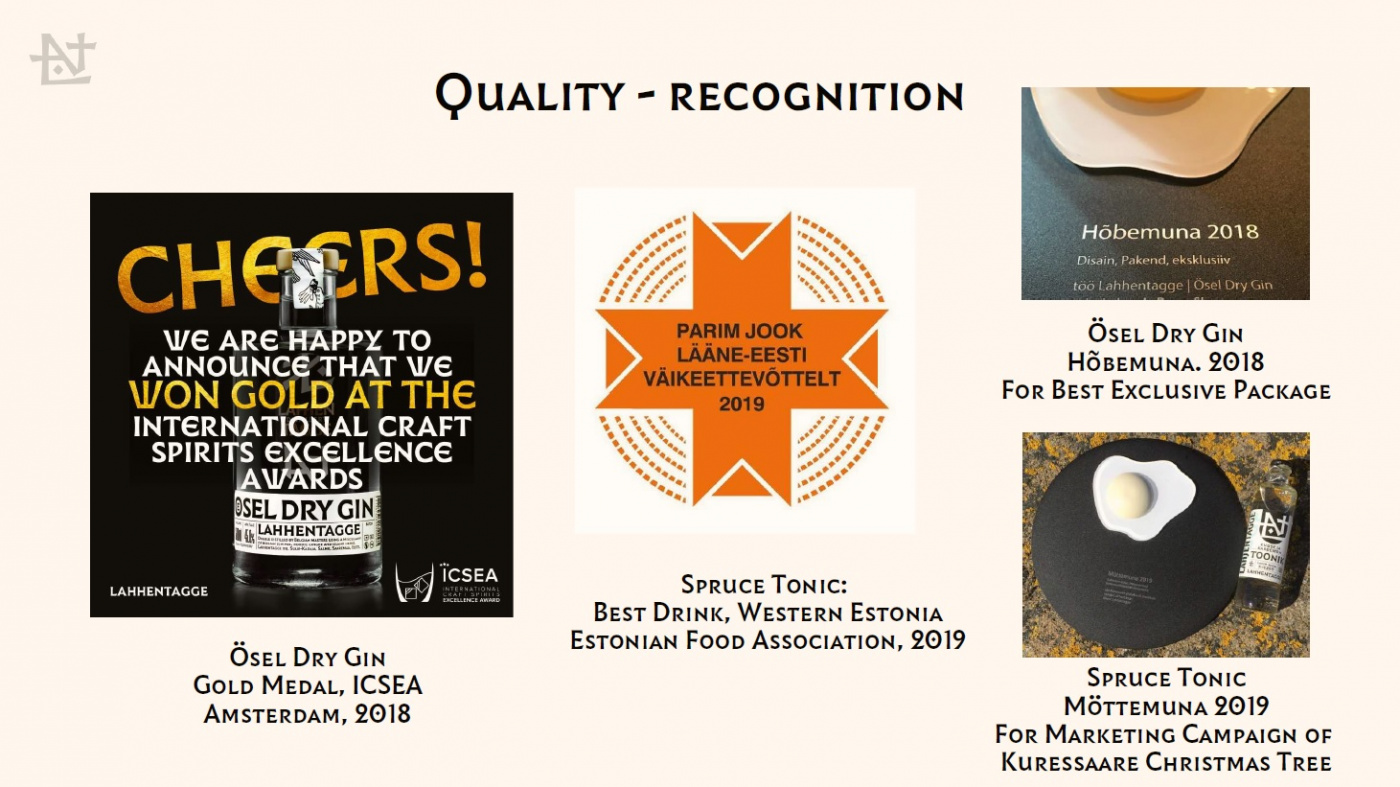
How We’re Different
Lahhentagge Distillery competitive advantage is:
- Honest local herbs from Saareema (e.g. Nordic ginger that no other producer is using)
- Being the forerunner of the green and circular economy - we only take what there is in abundance in nature and don’t let others throw away Christmas trees.
- Every Summer we organise the only gin festival in the Baltics
- While many our competitors are building their companies to do something fun and then move on to something else, our action is unusual - we build Lahhentagge forever
- Historical background of world explorer Bellingshausen from our village
- Flexibility to use new business opportunities faster and better than bigger producers
- All leaders in the company have previous business building and product development experience that makes it easy to manage the risks related to scaling Lahhentagge
Lahhentagge is supported by the craft drinks market trend both on the alcohol and non-alcohol segments.
Lahhentagge is probably the only one making drinks mainly from Estonian herbs. Saaremaa is a mystical land beyond the seas - it gets more sun than the rest of Estonia (actually as much as in southern France) and winds from the sea bring wanderers from far lands. Nature here is special and has many plants that do not grow anywhere else.
The flexibility and speed of Lahhentagge team can be illustrated by the fact that it took us less than two months from non-alcoholic gin idea to first sales. We are ready to act on new business opportunities in a similar fashion.
As many competitors are building their businesses for short term and then move on to something else, our action is unusual - we build Lahhentagge for forever. That is why the main founder and now Master Distiller first studied drinks technology in Finland and then also in the world top distilling school in Scotland.
Green and circular economy is part of our everyday life on the island. Products do not need much marketing - they are created green. Valuing local ingredients, there is no need to import it from far away countries and leave an ecological footprint. From 2019 we started saving town Christmas trees from being thrown away after the holidays, we put them into tonics. Usually, the spruces are burned after holidays, so we started a new habit instead that has become as normal as decorating the trees.
Uses of Funds & Timeline
The 100 000-200 000 euros enables to bring the sales development costs to the current year that were planned for 2021-2023, join the craft drinks trend sooner and speed up Lahhentagge development.
Most of the investment we plan to use for developing sales in Estonia and other European countries (UK, Germany, France, Czech Republic, Finland) and bring new products to the market (product development and demos). We plan to use those funds in 2020 and 2021 and later cover these costs from revenue. If we reach 200,000, it’s possible to introduce new products on a wider scale and co-operate with more resellers and distributors. Also, it would allow applying for E.U. funds for renovating distillery and create a visitor centre for drinksters. Many small distilleries in the U.K. get most of the profit from their local visitor centre. Lahhentagge distillery and own equipment will allow better savings of scale than the current, partly outsourced production system.
Our distilling machine enables us to produce drinks in value up to 10 million EUR per year. In the year 2021-2023 we plan to add a bottling line, pasteurisation equipment and containers. Up to 25% of revenue is planned for sales development (product display campaigns and demos) in shops, bars and restaurants to ensure maximum visibility.
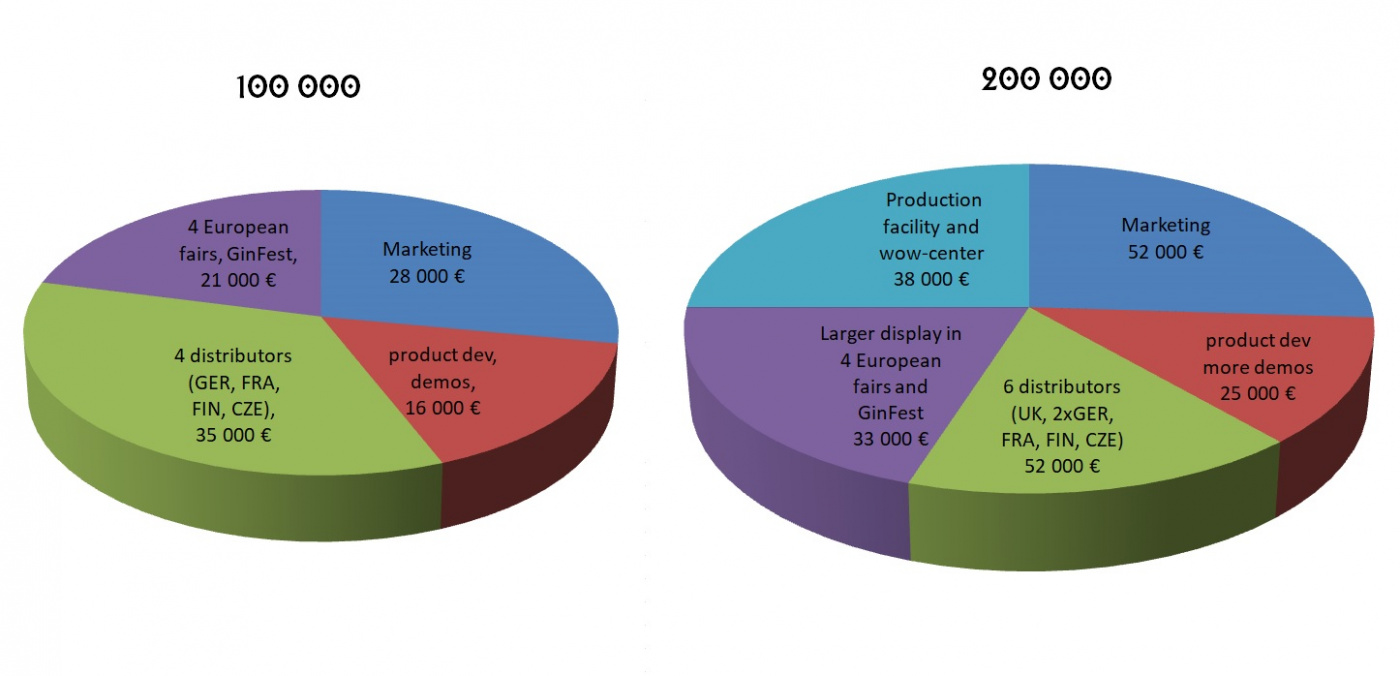
Obligations to Investors, Profit Distribution
Besides company shares, we thank investors with:
- Shareholder event once a year in Saaremaa with tasting new drinks
- Lahhentagge T-shirt
- Shareholder names on the production facility
- -10% at Lahhentagge online shop
From 1,200 euros
-
GinFest VIP full pass 2020-2023
From 3,000 euros
-
Possibility to order new drinks with factory price for three months after coming to market
From 10,200 euros
-
Can have your own named production batch of gin or tonic, buying out with the wholesale pricet
We plan from 2024:
1) Starting from 2023 profit we plan to pay out at least 30% as dividends
Risks and Mitigation
I Sales growth is slower than planned
- We have entered early the growing non-alcoholic distilled drinks market, that is lead by health-conscious and mindful consumer interest group looking for tasteful pleasures
- The majority of all funds raised through crowdfunding will be used for marketing and sales development in countries Lahhentagge is already active: Estonia, France, Germany, Czech Republic, Finland, Sweden, Latvia, Lithuania
- 2-3 years in those countries have shown us what strategies work the best
- In each foreign country, we co-operate with a local distributor, that has it’s own sales network and tactics.
- Participating in trade fairs and other events make it possible to find contacts and resellers our distributors have not reached
II Alcohol sales and marketing policy gets tougher
- A big part of Lahhentagge product portfolio is not connected to alcohol - we also rebranded the tonics to Estonic Soda
- In each country there are different restrictions in volume and implementation - this lowers the risk to depend on the decisions of one government
- Lahhentagge newest product, Flaneur, has got surprisingly positive feedback and we see that it help us grow brand recognition and sales despite the restrictions on alcohol marketing
III Ingredients from the wild nature
It’s a challenge for us to guarantee production capacity - the wild Saaremaa nature does not allow to pick lilac all year round. Also there is no European or world market to purchase it at any time we would need. Our task here is to organise picking of plants at the right places during high season. Last three years, we have created a network with local companies active in plant foraging and growing. Also, at least one new company has been born for plant foraging, and we co-operate closely with local foragers.
IV Dependance on partners
To decrease risks related to production partners, we have started the process of creating our distillery with all the equipment we need. Sourcing partners - even though we gather most plant from Saaremaa ourselves, we also source from many partners: bottles, spirits, labels, cases and also spices that do not grow in Estonia. We use several sourcing partners to minimise the risks. Resellers - we understand that depending on a few resellers is a risk.
Thus we distribute our clients enough so that the biggest client sells less than 10% of our revenue. This risk is bigger in foreign markets with bigger chains, but adding independent shops and bars will decrease the risk. If an importer should resign from selling our products we have enough other clients to raise interest of new promising resellers.
V Bankruptcy
- Building up Lahhentagge from zero has taught us how to achieve the maximum with low costs - we plan to continue in the same fashion
- Compared to the first year we now have less need for trial and error, learning new skills and testing the markets - thus we can focus on activities that bring the best results Check risk I
